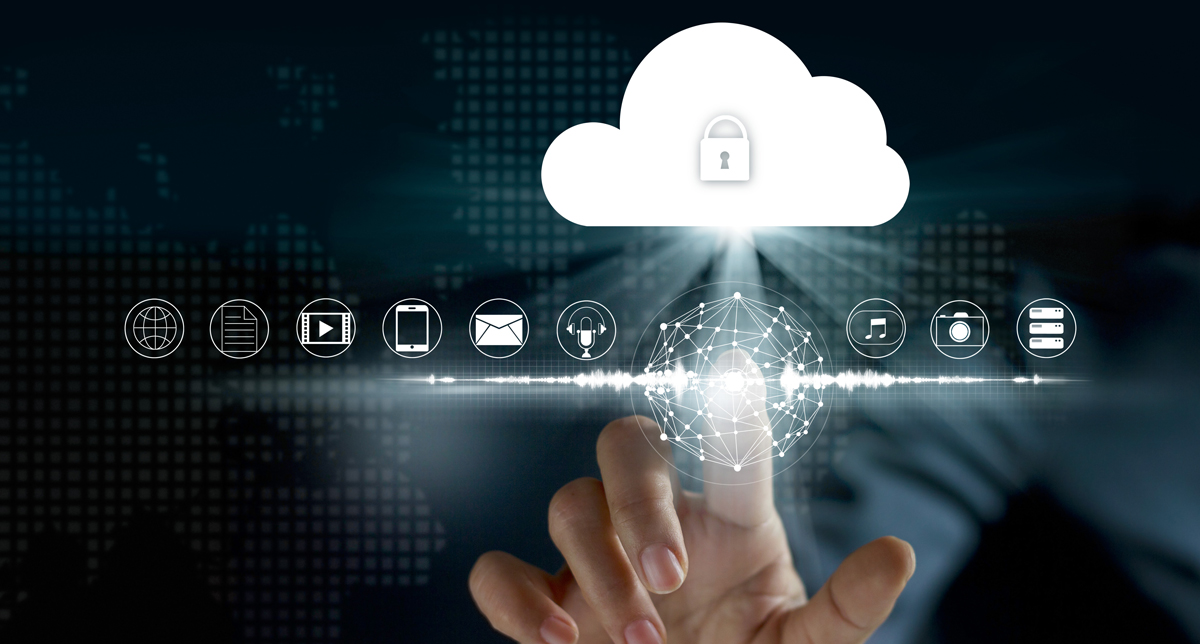The servitization of software is the shift from selling a singular product, to offering the Software as a Service (SaaS). This means a software package is issued on a subscription basis, with rolling updates and support, rather than a one-time payment. There is a clear demand for this service model. In fact, it is already becoming a common method for business to deliver software applications.
Easy on the wallet
With a service model, you don't need to worry about spending a lot of money upfront; therefore, the investment in new technology is less risky. It becomes less about capital expenditure (CapEx), and more about ongoing operational expenditure (OpEx). Using this method, there are no surprises; you know exactly what it will cost you each year to continue using a particular service.
Servitization of software also means you only pay for a service for as long as you want to use it. This provides flexibility and low-risk opportunity to try new services, without the risk of losing a large financial investment if you change your mind. You can compare this with consumer applications such as the music, podcast and video streaming service Spotify; the ability to cancel at any time is generally appreciated.
Updates matter
With increasing levels of connectivity in the manufacturing world, you have to be sure that all systems are on the latest update – especially with the ever-increasing security threats to industrial facilities. The IT world excels in security, but OT is beginning to catch up.
However, it is not just security features that should be updated regularly. The servitization of software can also future-proof your assets by making improvements to the software as technologies advance.
Factories therefore won't face the cliff edge of software becoming outdated and unsuitable for the operations of the plant. Rather than having to pay a costly sum to replace everything, servitization means the software is updated automatically.
As more manufacturers embrace automation, it is vital they make informed and sensible investments in the software to drive this technology. Servitization has the customers' interest as the core focus. As Industry 4.0 continues to grow, smart factories around the world will become more reliant on this business model for smooth onboarding, security and ongoing support.

